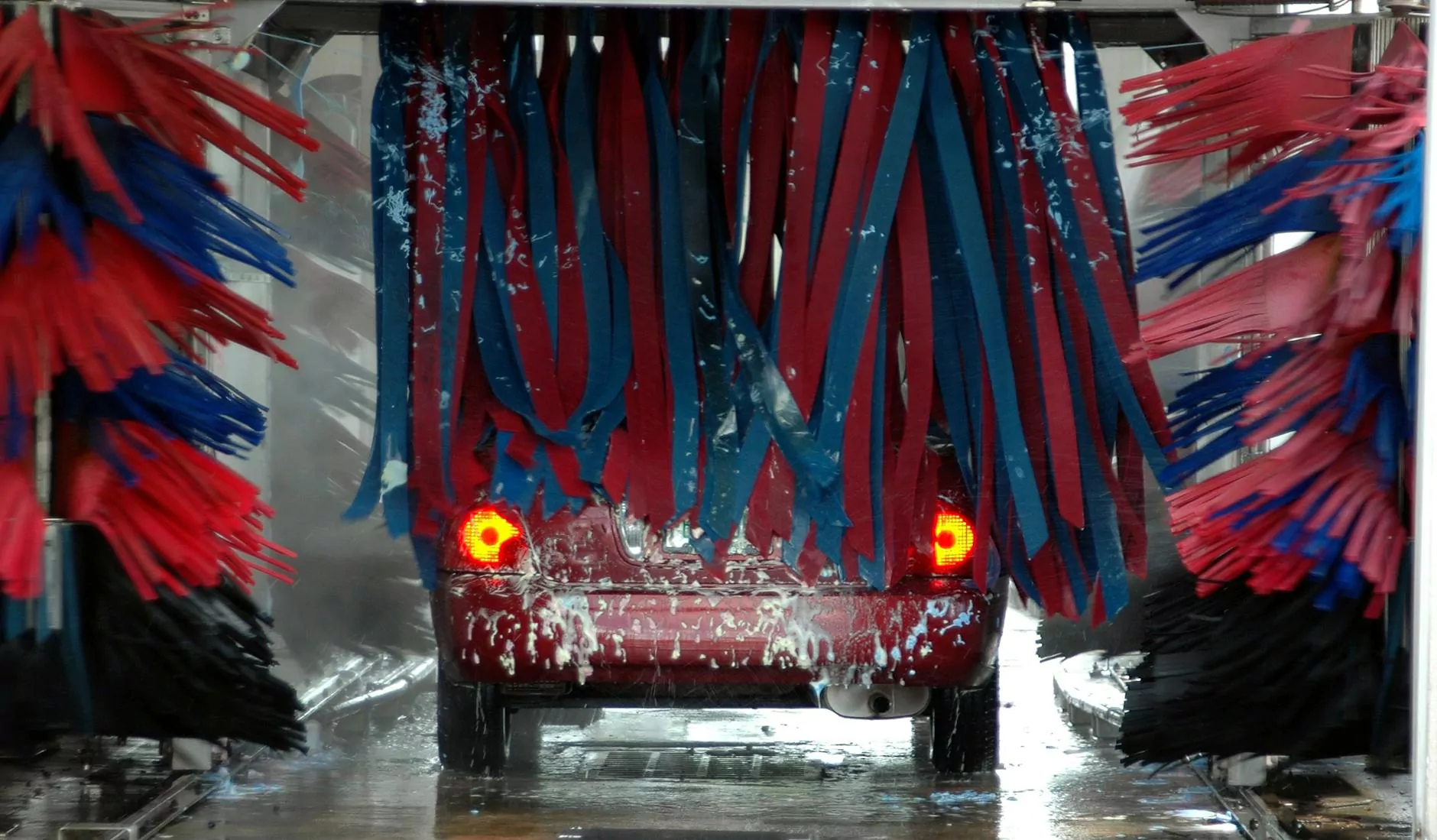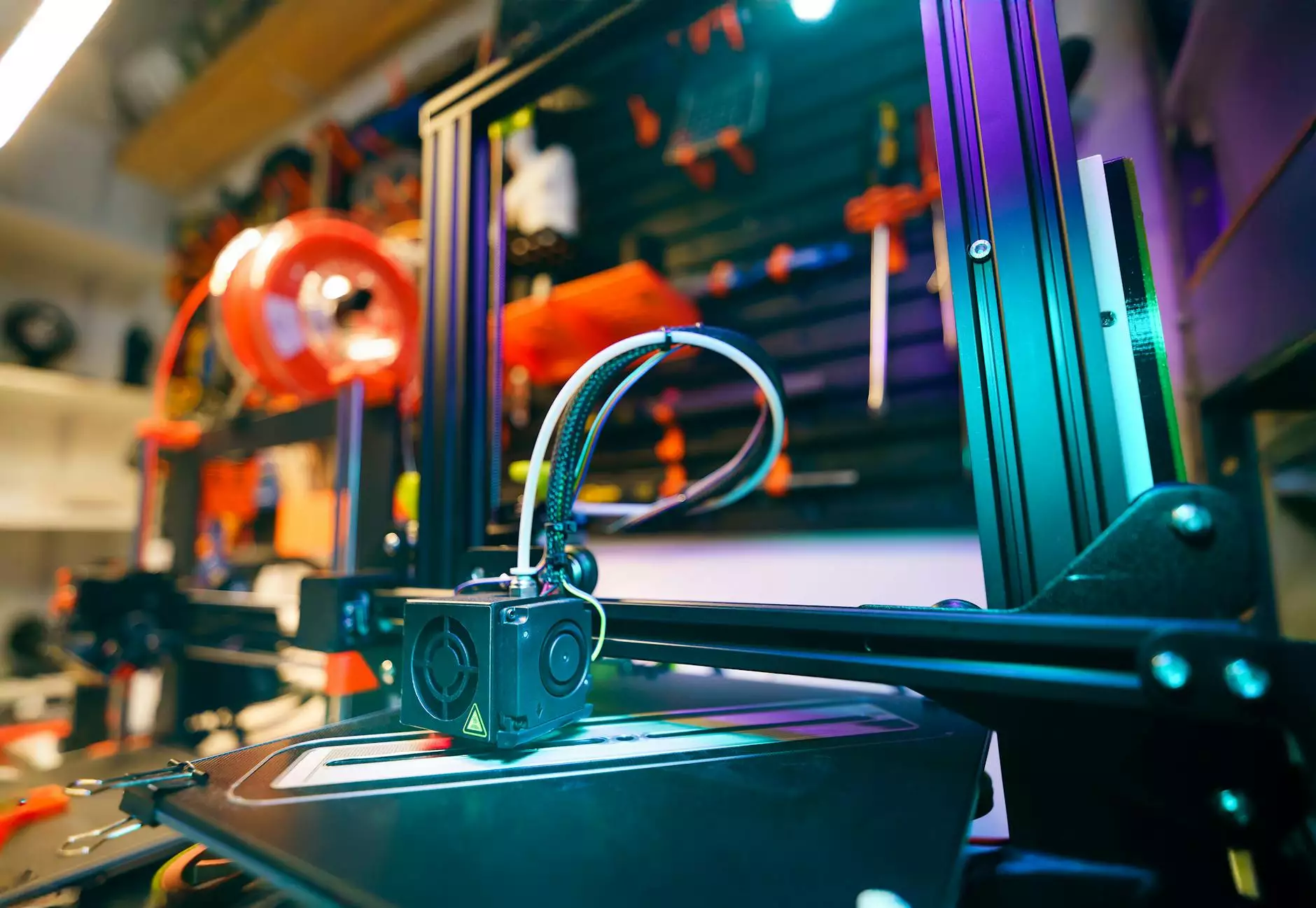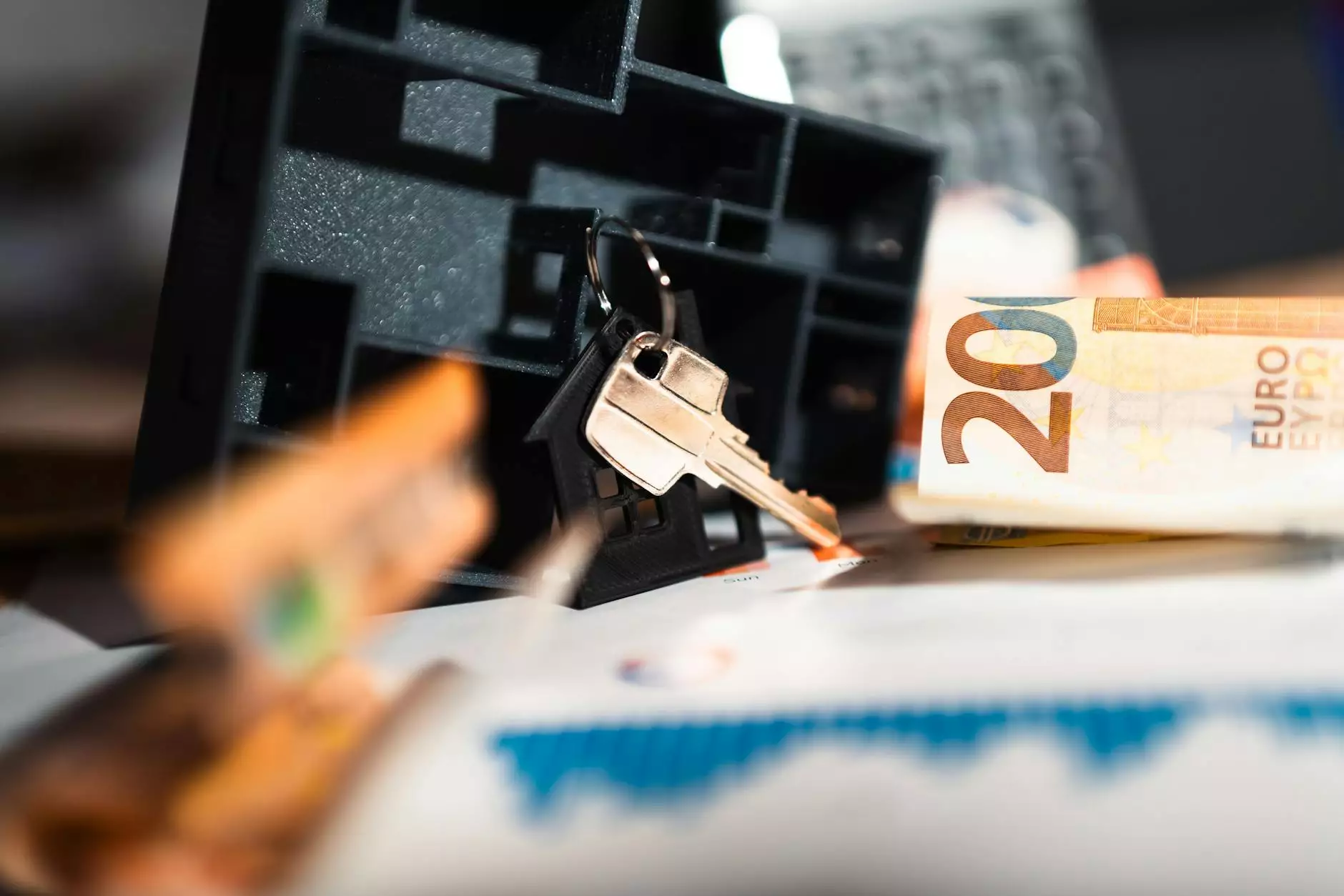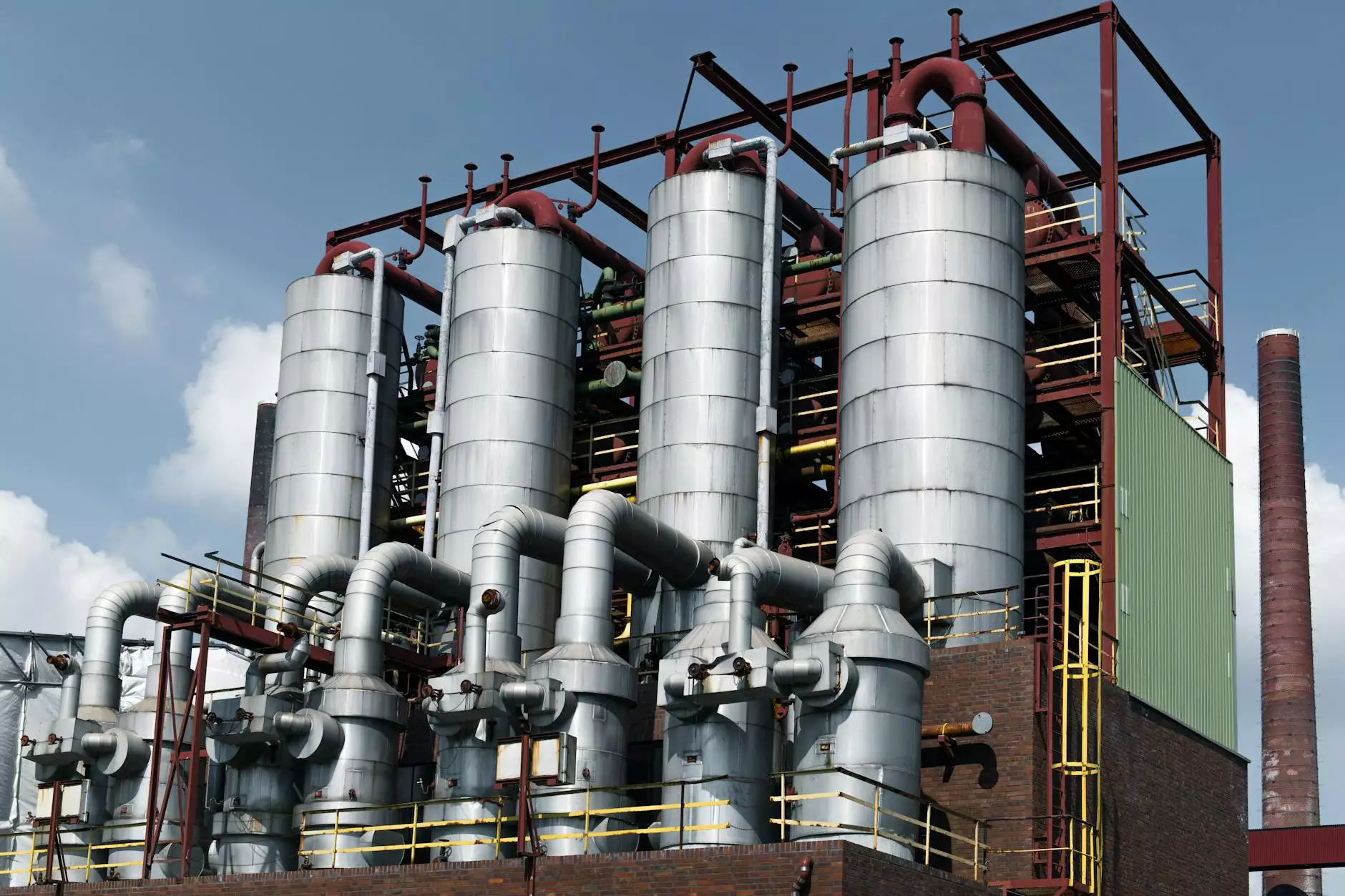The Crucial Role of Instrument Cleaning Solutions in Healthcare

In the healthcare industry, the integrity and functionality of medical equipment are paramount. One of the most vital components in ensuring this integrity is the use of instrument cleaning solutions. These specialized products are designed to effectively clean, sanitize, and maintain medical instruments, thereby preventing cross-contamination and ensuring patient safety. This article delves into the various aspects of instrument cleaning solutions, their importance in medical settings, and the best practices for their use.
What are Instrument Cleaning Solutions?
Instrument cleaning solutions are chemical formulations specifically engineered to clean and decontaminate surgical and medical instruments. These solutions help remove blood, tissue, and other organic material that can compromise both the performance of the instruments and the safety of patients. The composition of these solutions typically includes surfactants, enzymes, and sometimes disinfectants, each playing a critical role in the cleaning process.
Types of Instrument Cleaning Solutions
There are several types of instrument cleaning solutions available in the healthcare market. Here, we’ll explore some of the most common categories:
- Detergent-based Solutions: These are the most commonly used cleaning agents. They work by breaking down organic materials and suspending them in the solution for easy removal.
- Enzymatic Solutions: Containing proteolytic enzymes, these solutions target specific organic materials, such as blood and tissue, making them exceptionally effective for thorough cleaning.
- Disinfectant Solutions: In addition to cleaning, these solutions have antimicrobial properties that help eliminate pathogens on surfaces, providing an extra layer of safety.
- Ultrasonic Cleaning Solutions: These are designed for use with ultrasonic cleaning devices, utilizing high-frequency sound waves to agitate the cleaning solution and create cavitation bubbles that remove debris from instruments.
Why are Instrument Cleaning Solutions Important?
The importance of using appropriate instrument cleaning solutions cannot be overstated. Here are several reasons outlining their critical role:
1. Infection Control
Infection control is a top priority in every healthcare facility. Contaminated instruments can serve as vehicles for pathogens, leading to hospital-acquired infections (HAIs). Using effective cleaning solutions helps to significantly reduce the risk of these infections, ensuring the safety of both patients and staff.
2. Equipment Longevity
Medical instruments represent a substantial financial investment for healthcare providers. Regular and effective cleaning using appropriate instrument cleaning solutions can prolong the lifespan of these instruments, resulting in significant cost savings over time. It helps to maintain their functionality, reducing the likelihood of needing replacements or repairs.
3. Compliance with Regulations
Healthcare facilities are required to adhere to strict regulatory standards when it comes to cleanliness and safety. Proper use of instrument cleaning solutions ensures that facilities meet these regulations, minimizing legal risks and liabilities associated with non-compliance.
4. Enhanced Patient Outcomes
Ultimately, effective cleaning and sanitation of instruments contribute to improved patient outcomes. By reducing the risk of infections and ensuring that tools are functioning at optimal levels, healthcare providers can enhance the quality of care delivered to patients.
Best Practices for Using Instrument Cleaning Solutions
To maximize the effectiveness of cleaning solutions, healthcare providers should follow these best practices:
1. Pre-Cleaning
Before using any instrument cleaning solution, it is crucial to pre-clean instruments as soon as possible after use. This initial cleaning helps prevent the drying of biological materials, making subsequent cleaning easier and more effective.
2. Follow Manufacturer Instructions
Always adhere to the manufacturer’s instructions for dilution ratios, contact time, and usage guidelines for instrument cleaning solutions. Deviating from these recommendations can affect the effectiveness of the cleaning process.
3. Use Appropriate Techniques
Implement proper cleaning techniques. This includes using brushes to reach intricate parts of instruments and immersing them fully in the cleaning solution to ensure thorough contact.
4. Rinse and Dry
After cleaning, rinse instruments thoroughly to remove all residues of the cleaning solution. Proper drying is equally important; moisture can promote the growth of microorganisms and cause rust on metal instruments.
5. Regular Training
Staff training is essential to ensure that all personnel are knowledgeable about instrument cleaning protocols, the importance of using instrument cleaning solutions, and the proper procedures to follow. Regular training sessions can keep staff updated on best practices and new products.
Choosing the Right Instrument Cleaning Solution
Selecting the appropriate instrument cleaning solution for your facility involves considering several factors, including:
- Type of Instruments: Different materials and designs (e.g., stainless steel, plastic, etc.) may require specialized solutions.
- Cleaning Needs: Assess the level of contamination and specific cleaning requirements for the instruments used in your practice.
- Compliance: Ensure that the solutions are compliant with local regulations and standards for medical equipment cleaning.
- Environmental Considerations: Some facilities may favor eco-friendly solutions that reduce environmental impact without compromising effectiveness.
Top Instrument Cleaning Solutions Available in the Market
Here are some reputable instrument cleaning solutions often recommended in the healthcare industry:
- Enzymax: An enzymatic cleaner effective in breaking down organic materials.
- Instrument Clean: A versatile detergent-based solution suitable for a wide range of instruments.
- Green Cleaner: A biodegradable solution that combines cleaning power with environmental responsibility.
- Ultrasonic Cleaning Solution: Specifically designed for use with ultrasonic cleaners, ensuring deep cleaning.
The Future of Instrument Cleaning Solutions
The landscape of medical cleaning solutions continues to evolve with advancements in technology. Innovations such as smart cleaning systems that monitor cleaning cycles and effectiveness are becoming increasingly prevalent. Furthermore, there is a growing emphasis on environmentally friendly solutions that do not compromise on safety or performance.
Innovation in Cleaning Technologies
The adoption of automated cleaning systems is on the rise. These systems utilize advanced technologies to ensure consistent cleaning quality and adherence to protocols. Furthermore, new formulations of instrument cleaning solutions are being developed to enhance performance while being gentler on both instruments and the environment.
Integration with Infection Prevention Strategies
As infection prevention strategies become more robust, the role of cleaning solutions will continue to expand. Regular audits, feedback loops regarding cleaning effectiveness, and continuous quality improvement initiatives will play a significant role in shaping how instrument cleaning solutions are utilized in healthcare settings.
Conclusion
The use of high-quality instrument cleaning solutions is essential in maintaining the safety and efficacy of medical instruments. By understanding their importance, adhering to best practices, and continually educating staff, healthcare facilities can protect patients, improve outcomes, and ensure compliance with industry standards. As the marketplace continues to innovate, staying abreast of the latest developments in cleaning solutions will further bolster the healthcare industry’s commitment to safety and care excellence.
For more information on instrument cleaning solutions and other medical supplies, visit medalkan.com.









